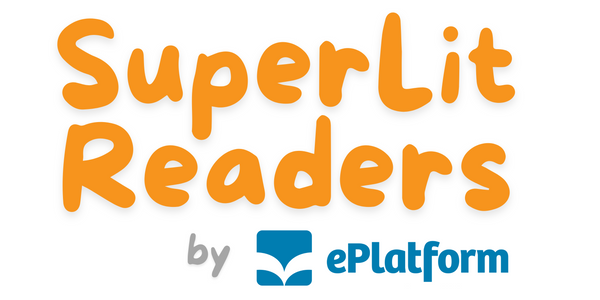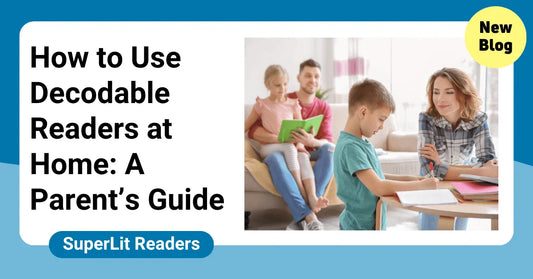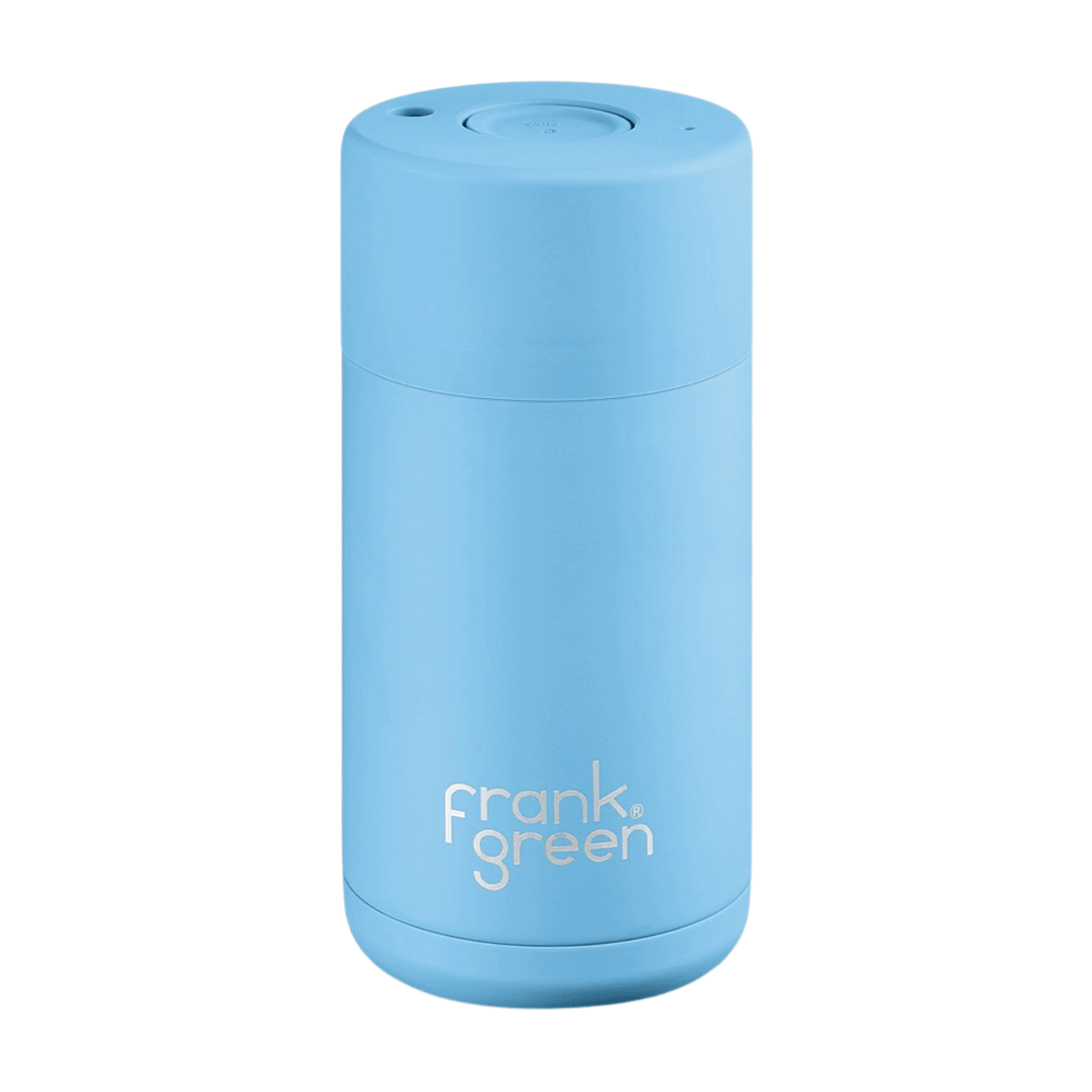Save Time with These 5 Phonics Resources
Teaching phonics in Australian primary schools doesn't have to mean endless prep time and scrambling for materials. Whether you're juggling multiple reading groups, planning differentiated lessons, or just trying to keep your sanity intact, having the right phonics resources can be a total game-changer.
We get it — time is precious. That's why we've put together this guide to five must-have phonics resources that'll save you hours of prep while keeping your students engaged and progressing. Let's dive into the tools that make phonics teaching smoother, more effective, and dare we say... actually enjoyable?

Table of Contents
- Phonics Worksheets That Actually Work
- Interactive Phonics Games
- Word Decoder Tool
- Pre-Reading Pages
- Post-Reading Pages
- How These Resources Save You Time
- Final Thoughts
1. Phonics Worksheets That Actually Work
Let's be honest — not all worksheets are created equal. The good ones reinforce learning without feeling like busy work. The not-so-good ones? Well, they end up in the recycling bin along with your will to live.
Quality phonics worksheets should:
- Target specific skills: Focus on one phoneme or pattern at a time
- Include variety: Mix writing, circling, matching, and drawing activities
- Build systematically: Follow your phonics progression, not random sounds
- Be visually clear: No squinting required for tiny fonts or cluttered layouts
The beauty of well-designed worksheets? They work for independent practice, homework, or quick assessment. Pop them in your sub folder, use them for early finishers, or send them home for extra practice. Flexibility at its finest!
2. Interactive Phonics Games
Here's the thing about phonics games — they're not just fun and games (though they are that too). They're stealth learning at its best. Kids think they're playing, but they're actually getting tons of phonics practice without realizing it.
Great phonics games tick these boxes:
- Easy setup: Because who has time for 20-minute game prep?
- Multiple players: Perfect for partner work or small groups
- Skill-specific: Target exactly what your students need to practice
- Reusable: Print once, laminate, use forever
Whether it's a quick 5-minute warm-up or a longer center activity, phonics games keep engagement high and make practice feel less like... well, practice. Plus, they're brilliant for those moments when you need something interactive but your brain is running on fumes.
3. Word Decoder Tool
This one's a real time-saver, especially when you're working with struggling readers or introducing new phonemes. A word decoder tool helps students break down unfamiliar words systematically — no guessing games, just solid decoding strategies.
Think of it as training wheels for reading. Students learn to:
- Identify sounds: Break words into manageable chunks
- Blend systematically: Put sounds together in the right order
- Build confidence: Experience success with challenging words
- Develop independence: Use the strategy on their own
The decoder tool works brilliantly during guided reading, one-on-one instruction, or even as a reference tool students can use independently. It's like having a reading coach right there on the page.
4. Pre-Reading Pages
Ever noticed how some students dive straight into a book while others freeze up before they even start? Pre-reading pages are the secret weapon for getting everyone ready to succeed before they tackle the actual text.
A solid pre-reading page might include:
- Vocabulary preview: Introduce tricky words before they appear in context
- Sound warm-up: Practice the key phonemes featured in the book
- Picture walk: Get students thinking about the story or topic
- Prediction activities: Build engagement and set purpose for reading
Pre-reading pages are like stretching before a workout — they prepare students for success and reduce the chance of stumbling. Plus, they're perfect for building background knowledge and getting everyone on the same page (literally and figuratively).
5. Post-Reading Pages
The learning doesn't stop when students close the book! Post-reading pages help consolidate understanding, extend thinking, and give you valuable insight into how well students actually "got it."
Effective post-reading activities might include:
- Comprehension questions: Check understanding without being too quiz-like
- Phonics reinforcement: More practice with the featured sounds
- Creative responses: Drawing, writing, or discussion prompts
- Cross-curricular connections: Link to science, social studies, or other subjects
These pages are gold for assessment too. You'll quickly see who's mastered the concepts and who needs more support. No guesswork required!
6. How These Resources Save You Time
Let's talk about the real benefits — because saving time isn't just nice to have, it's absolutely essential for busy educators.
With quality phonics resources, you can:
- Plan faster: No more hunting for materials or creating from scratch
- Differentiate easily: Different levels and activities for different needs
- Assess efficiently: Built-in checkpoints show you exactly where students are
- Prep less: Many resources work for multiple uses and occasions
- Substitute smoothly: Clear, self-contained activities work perfectly for sub plans
The best part? When you have reliable resources that actually work, you can focus on what matters most — teaching and connecting with your students, not scrambling for materials.
7. Final Thoughts
Teaching phonics effectively in an Australian classroom doesn't require reinventing the wheel or working until midnight every night. With the right resources in your toolkit — worksheets that reinforce learning, games that engage, decoder tools that build independence, and pre/post-reading pages that frame instruction — you can create powerful learning experiences without the stress.
Remember, good resources aren't just about saving time (though that's definitely a perk). They're about giving every student the support they need to become confident, successful readers. And isn't that what it's all about?
📚 Ready to streamline your phonics teaching? Explore our complete resource bundles
🎯 Want structured phonics progression? Check out our Scope and Sequence
💡 Looking for more teaching tips? Browse our blog for more ideas
— Happy Teaching!






